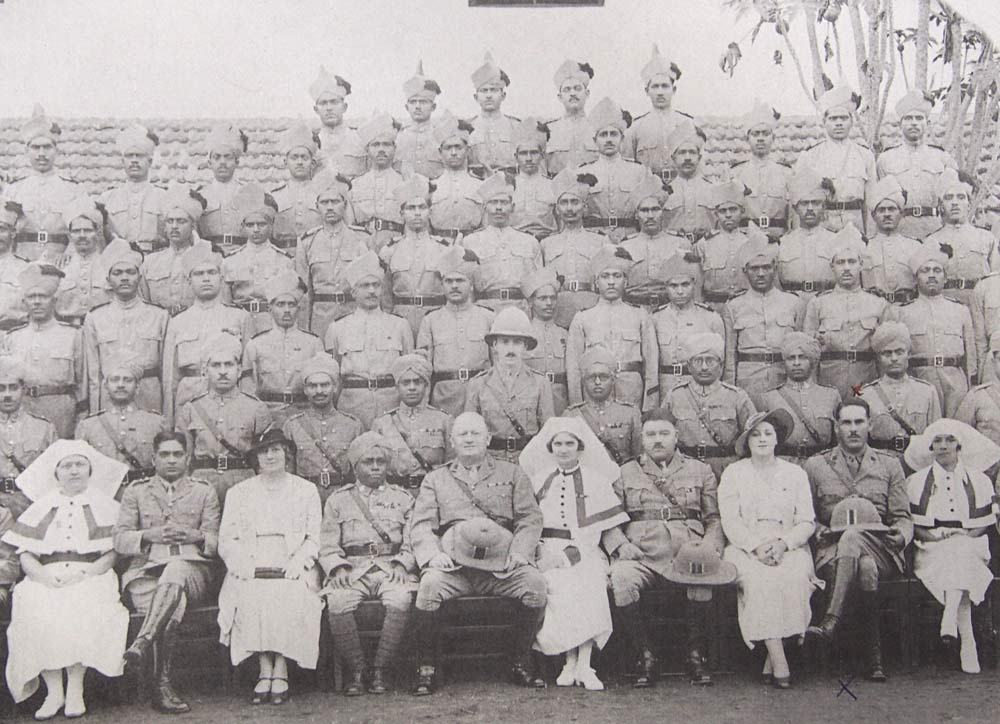 While not a “fighting unit” in the traditional sense, the Indian Medical Service (IMS) was a military medical service in British India. Many of its officers, who were both British and Indian, served in civilian hospitals and the unit saw service in both World Wars – with many of its doctors heading to the front lines with the Indian Army. Continue reading
While not a “fighting unit” in the traditional sense, the Indian Medical Service (IMS) was a military medical service in British India. Many of its officers, who were both British and Indian, served in civilian hospitals and the unit saw service in both World Wars – with many of its doctors heading to the front lines with the Indian Army. Continue reading
The French Colonial “Pith” Helmet
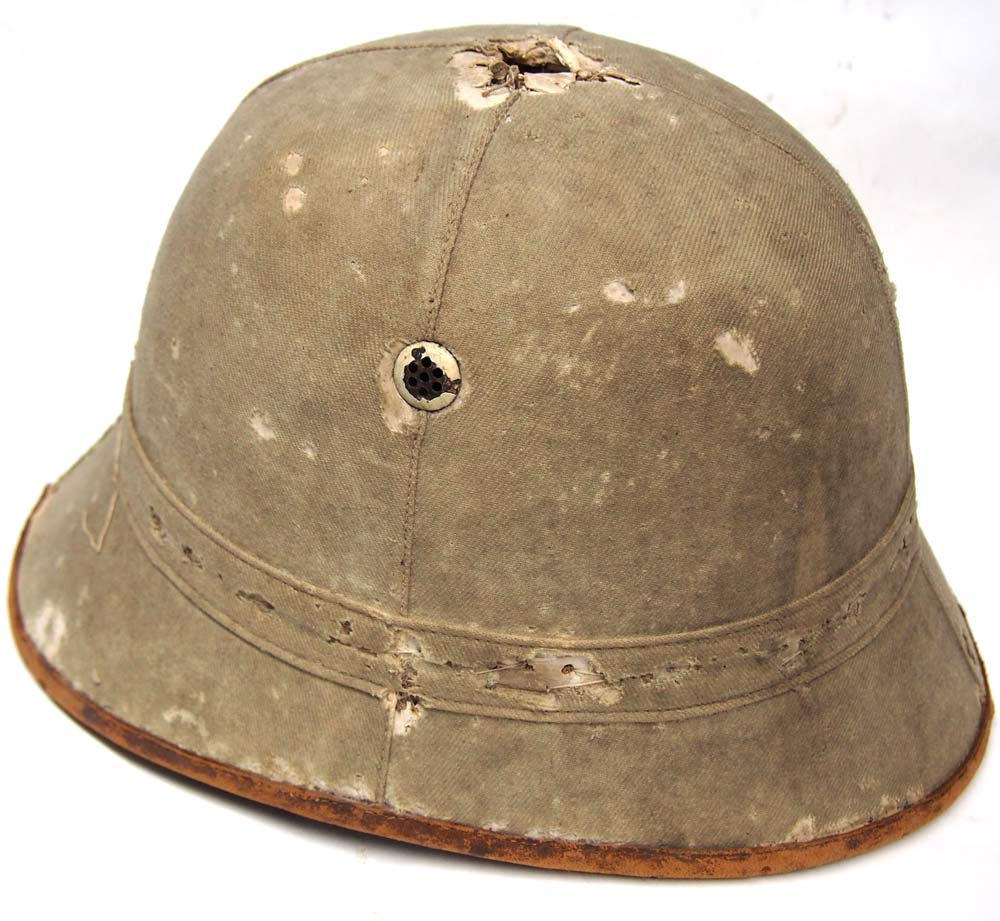 While the sun/pith helmet originated in India, as we have noted the British were not alone in considering the importance of such headgear in tropical climates. By the end of the 1870s France had adopted its own version and it does seem that these were influenced, and perhaps even copied, from the British pattern. However, as with the helmets made in London, the French Model 1878 pattern was made of cork, likely supplied by Portugal, and produced in Metropolitan France. Throughout its Africa and Southeast Asia colonies the French military used helmets made of cork, and this remained the case until after the Second World War.
While the sun/pith helmet originated in India, as we have noted the British were not alone in considering the importance of such headgear in tropical climates. By the end of the 1870s France had adopted its own version and it does seem that these were influenced, and perhaps even copied, from the British pattern. However, as with the helmets made in London, the French Model 1878 pattern was made of cork, likely supplied by Portugal, and produced in Metropolitan France. Throughout its Africa and Southeast Asia colonies the French military used helmets made of cork, and this remained the case until after the Second World War.
A Rare Attributed Wolseley
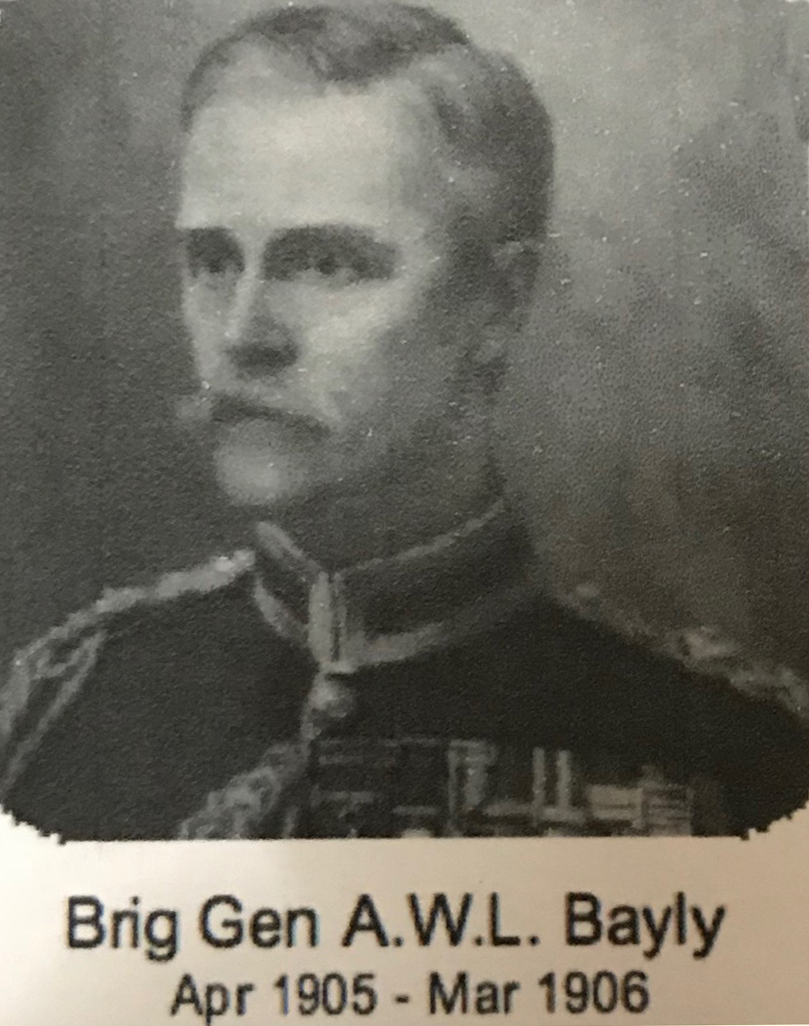 Alfred William Lambart Bayly was born 18th February 1856 in Paisley, Scotland. Educated at Wellington College, Berkshire, England and gazetted as Lieutenant to the 108th Foot 13th June, 1874. He moved to the Bombay Staff Corps 1879 and passed through Staff College in 1893.
Alfred William Lambart Bayly was born 18th February 1856 in Paisley, Scotland. Educated at Wellington College, Berkshire, England and gazetted as Lieutenant to the 108th Foot 13th June, 1874. He moved to the Bombay Staff Corps 1879 and passed through Staff College in 1893.
The photo above shows Gen Bayly after his appointment to Commandant of the Indian Staff College at Quetta.
He served in the Afghan War of 1880-1881 and was awarded the Afghanistan medal with Kandahar clasp. He also served in the Sudan, 1885 and Burma, 1886-7 earning medals with clasps and The Companion of the Distinguished Service Order. He was made commander of the 126th Bombay Infantry (Baluchistan) Regiment in 1896 and fought in the 2nd Boer War once again being decorated , mentioned in despatches and was made a Companion of the Bath.
Marketing of Sun/Pith Helmets
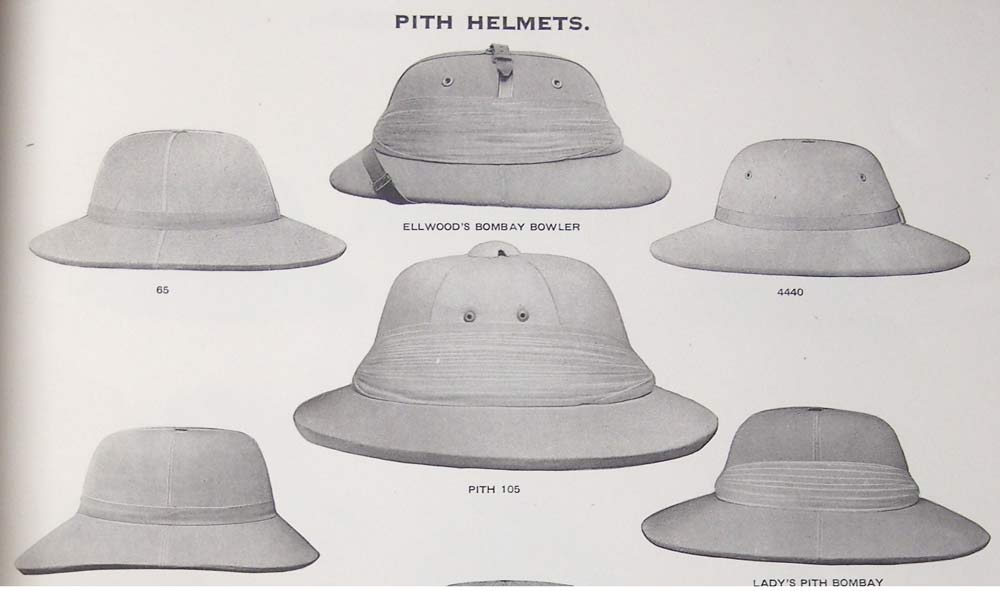
While today everyone pretty much buys everything on Amazon.com or some other online retailer back not all that long ago catalogs provided a way for people to browse products from the comfort of their homes. This interwar catalog from Ellwood Hats Ltd. successors to J. Ellwood & Sons of London shows how sun/pith helmets were marketed.
The Proto-Sun Hats of the Far East
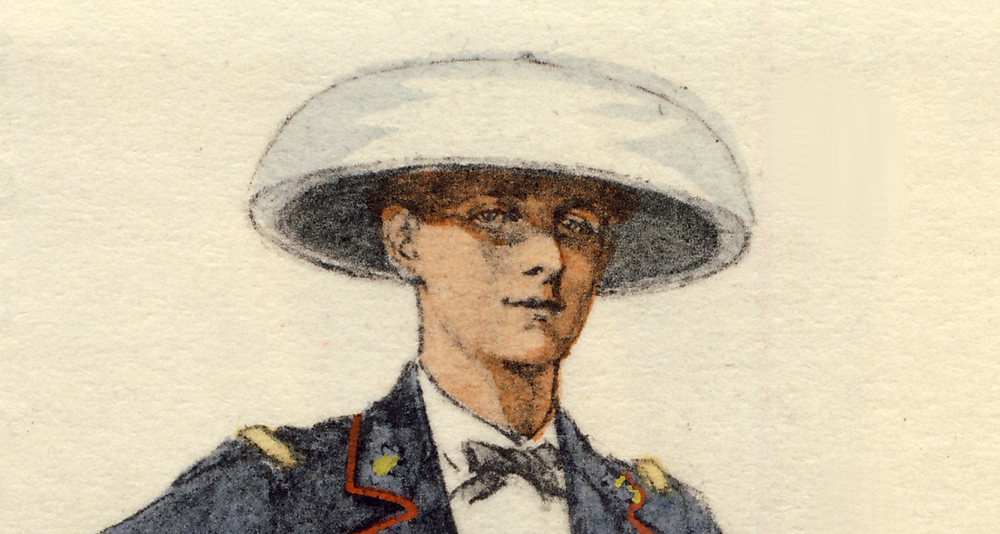
It is a hat or form of headgear known by many names. It is known as a “salakot” in the Philippines, the “salacco” in Southeast Asia, and at times even described as the “Planters Hat” in British India. It is a type of a Asian “conical hat,” which we have written about in detail in the past, but its history in use by the colonial masters of Asia has largely been overshadowed by the sun/pith helmet. Continue reading
Rayadillo – The Alternative to Khaki
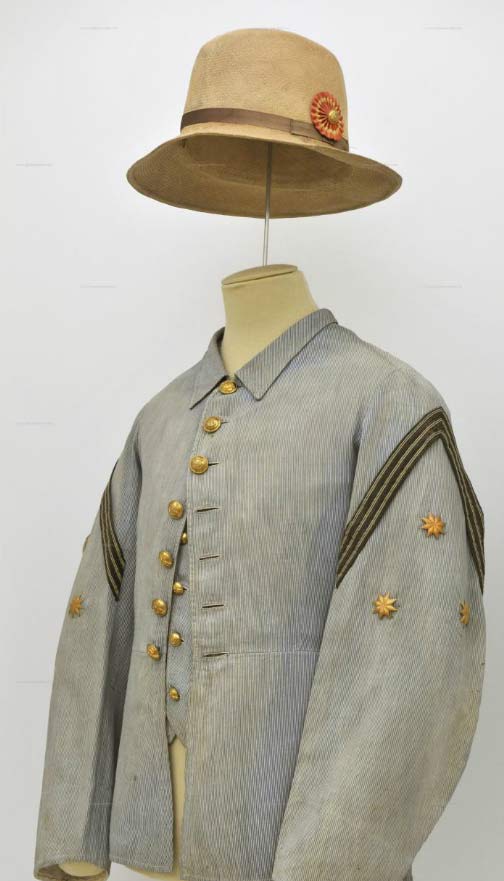
By the late 19th century nations around the world had largely adapted khaki as the de facto color for military uniforms for troops serving in tropical regions. Khaki, which originated from the Persian word for “dust,” was first used in the Indian subcontinent prior to the Indian Mutiny, but by the end of the century had seen use around the word.
However, Spain – a nation that had been among the earliest colonial powers – actually adopted an alternative to khaki. This was “rayadillo,” a cotton fabric that featured blue and white strips. It was worn by Spanish colonial soldiers from the middle of the 19th century until the early 20th century. Continue reading
Another “Forgotten” Colonial Power – The Danish Sun Helmet
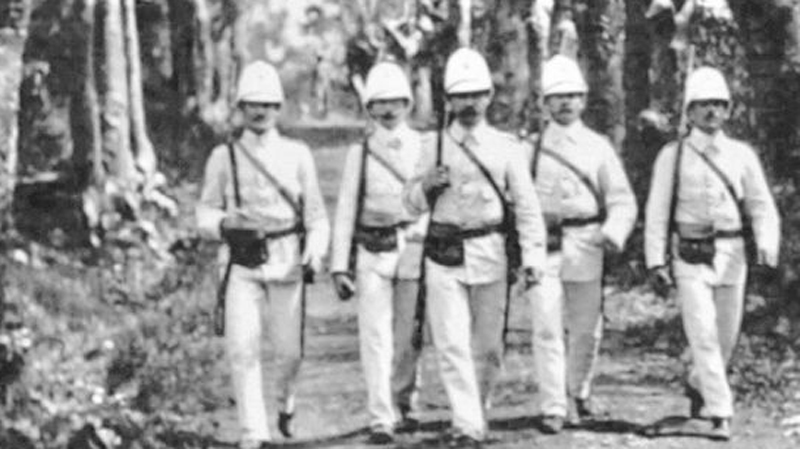
Today when people think of Danish colonies Greenland likely comes to mind, and that’s not exactly the sort of place where a sun helmet is often required. However, Denmark was a colonial power in tropical regions and while it never really competed with the British, French, Spanish or Dutch in the Caribbean, the first Danish colony was founded in the West Indies in the 1660s.
The Danish West India Company was organized on March 11, 1672 and soon after established a settlement on St. Thomas. The Danish West Indies were invaded twice by the British – the first time during the French Revolutionary Wars and the second time during the Napoleonic Wars. Following those bloodless invasions the islands were at relative peace and managed by the Danish West Indies Gendarmerie as well as the West Indian Military Forces. Continue reading
